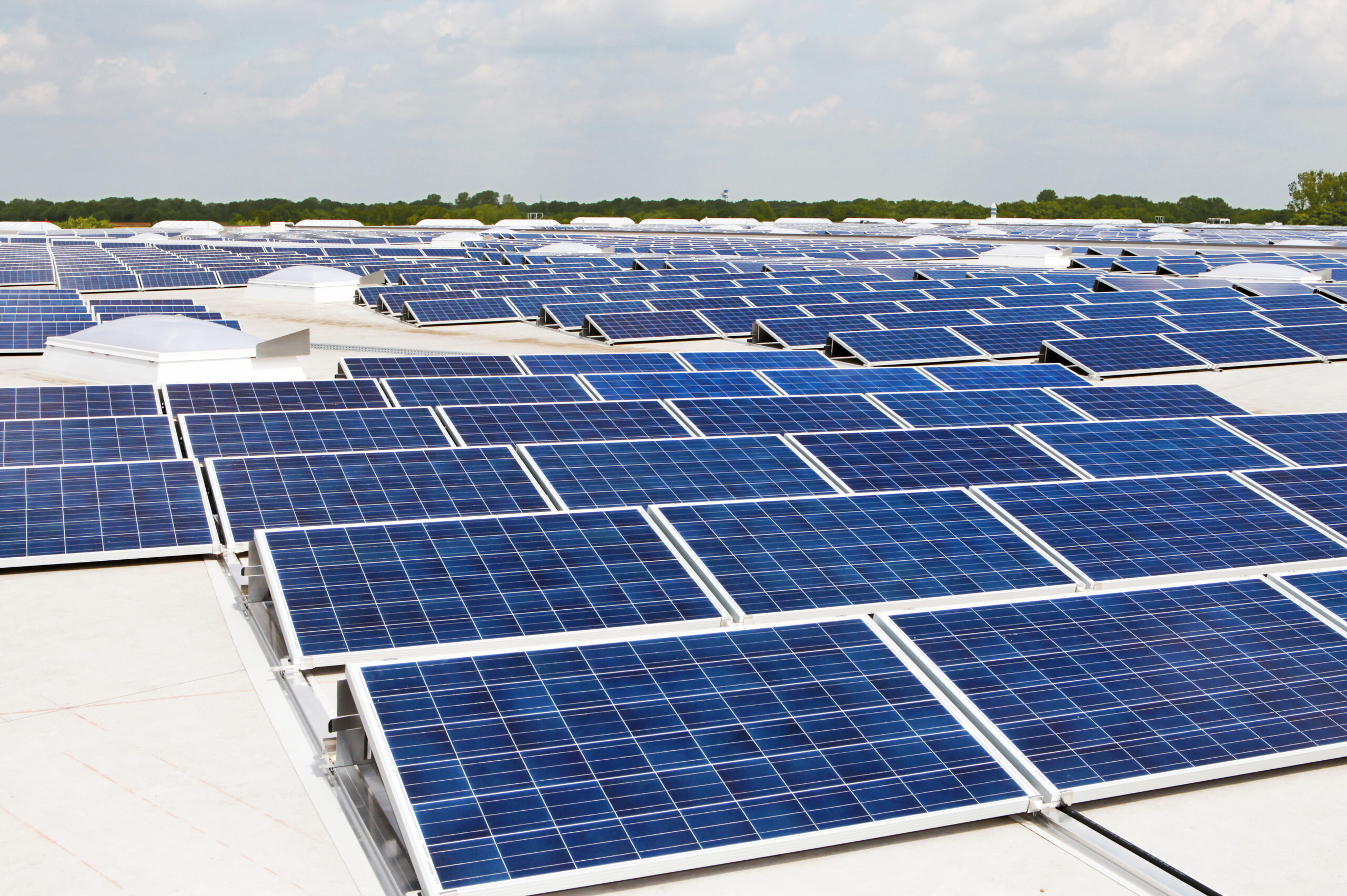Traditional solar panels create power by turning sunlight into electrical energy via photovoltaic cells. To generate an electric current, these cells rely on the presence of sunlight. The main issue with solar energy is that the sun does not always shine. How can we rely on solar panels as a 24/7 source of electricity if they cannot produce power at night or when it’s cloudy?
As a result, employing standard technologies to generate power from solar panels at night is not practical. This is a challenge that scientists all across the world have been dealing with, and some are currently finding novel solutions to the problem.
Thermoradiative Cells:
The thermoradiative cell creates power while emitting light to the photovoltaic cell. Thermoradiative cells were a concept being researched, and a study into their potential for generating energy was underway. The main concept is to use the temperature differential between the gadget and the night sky. The Earth’s surface cools at night, and there is a temperature differential between the thermoradiative cell’s surface and the chilly night sky. As they lose heat, all objects produce infrared radiation. The thermoradiative cell is intended to emit infrared light into the sky. The potential difference in the thermoradiative cell is caused by the temperature differential and the emission of infrared radiation. This potential difference may be used to create an electric current, giving a power source.
Batteries can be expensive and temperamental. They also require a lot of energy to manufacture and can contribute to water and air pollution if improperly disposed of. A standard solar cell includes a thermoelectric generator, a device that generates currents based on temperature variations. When directed at a clear night sky, the modified solar cell produced 50 milliwatts per square meter of electricity. This is only 0.04% of the power output of a standard solar cell during the day. However, 50 milliwatts per square meter is sufficient to power low-power devices such as a phone charger or a low-wattage LED light.
Even while the nighttime solar cells could be helpful for some low-power applications in off-grid settings, their current performance makes it unlikely that they will replace the current energy infrastructure.
Power generation occurs exclusively when sunshine is present, which is a basic feature of a photovoltaic system. Storage is usually required for systems where photovoltaics is the only source of production since only a few types of systems, such as those that power cooling fans, can precisely match the load with available sunshine. In hybrid or grid connect systems, where batteries are not inherently required, they may be beneficially included for load matching or power conditioning.
Photovoltaic Cells with Storage:
Batteries, or chemical storage, are by far the most used sort of storage, however, other types of storage are occasionally employed as well. A flywheel or capacitor, for instance, can be used for short-term, tiny amounts of storage. For specialized, one-time-use photovoltaic systems, such as water pumping or refrigeration, storage can take the form of ice or water.
Batteries are an essential part of every photovoltaic system that uses them, and their presence has a big impact on the system’s design, cost, maintenance needs, and dependability. Understanding the characteristics of batteries is essential to comprehending how standalone PV systems work due to their significant influence. The lifespan, maintenance needs, available power, and efficiency of the battery are significant factors that impact the functioning and efficiency of the solar system. An ideal battery would have low self-discharge, great efficiency, high energy density, and the ability to be charged and drained freely under endless conditions. It would also be inexpensive.
These are affected not just by the battery’s original selection, but also by how it is utilized in the system, namely how it is charged and discharged and its temperature. However, no battery can meet the following conditions.
Hybrid Systems
To generate a more stable and consistent power supply, hybrid energy systems combine different renewable energy sources or integrate renewable energy with conventional power generation. These systems seek to capitalize on the benefits of each energy source while adjusting for their specific flaws, such as interruption. In the context of solar power, hybrid systems frequently combine solar energy with wind, hydropower, or conventional generators.
The combination of solar panels and wind turbines compensates for changes in energy generation. Wind power is more reliable at night or on overcast days when solar electricity output is lower.
Integrating solar electricity and hydropower results in a more dependable energy source. Hydropower may provide a constant supply of electricity, particularly in places with consistent water flow.
Solar electricity can be paired with a diesel generator in off-grid or rural places. Solar generates electricity during bright hours, decreasing the demand for diesel, while the generator may power the system when solar production is inadequate. Utilizing organic materials to produce electricity is a necessary step in integrating solar power with biomass energy. The intermittent quality of solar energy can be balanced by the constant energy supply that biomass can offer.
Research into solar devices that can function in low light or at night has been going on for a while.
- About the Author
- Latest Posts
A passionate advocate for all natural and sustainable ideas. With a background in sustainable economics science and a deep love for nature, Sojy has dedicated his career to promoting eco-friendly practices and encouraging others to live a more sustainable lifestyle. He is an avid hiker, gardener, and cook, and loves experimenting with natural ingredients in his recipes and lifestyle routines. Sojy believes that small changes can make a big impact and is constantly seeking out new ways to reduce his carbon footprint and inspire others to do the same




